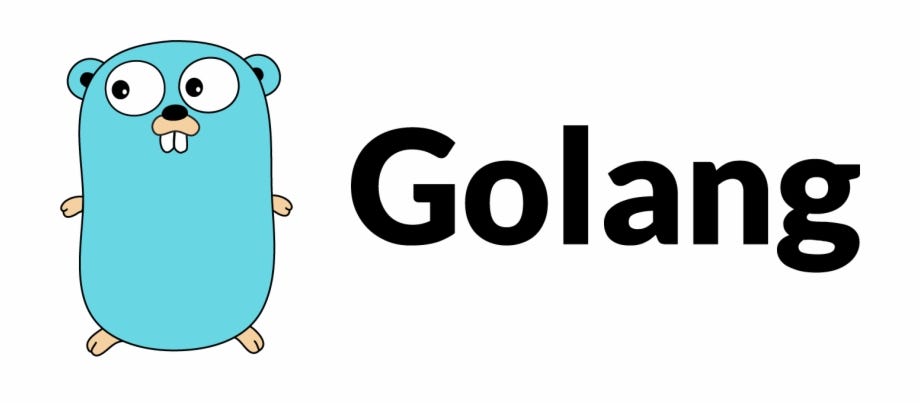Time management is a critical aspect of any programming language, and Go (or Golang) offers powerful tools and libraries to handle time-related tasks efficiently. In this tutorial, we’ll explore various aspects of handling time in Go, including dealing with time zones, formatting dates, performing calculations, and more. Let’s get started!
Understanding Time in Go
Go’s time package provides functionalities to work with time. It offers types like Time to represent time instances and Duration to represent time intervals. The time package also includes functions for parsing, formatting, and manipulating time values.
Creating Time Objects
package main
import (
"fmt"
"time"
)
func main() {
// Current time
currentTime := time.Now()
fmt.Println("Current Time:", currentTime)
// Creating a custom time
customTime := time.Date(2024, 5, 4, 12, 30, 0, 0, time.UTC)
fmt.Println("Custom Time:", customTime)
}Working with Time Zones
package main
import (
"fmt"
"time"
)
func main() {
// Setting a time zone
location, _ := time.LoadLocation("America/New_York")
currentTime := time.Now().In(location)
fmt.Println("Current Time in New York:", currentTime)
}Formatting Dates
package main
import (
"fmt"
"time"
)
func main() {
currentTime := time.Now()
// Formatting time
formattedTime := currentTime.Format("Monday, January 2, 2006 03:04 PM")
fmt.Println("Formatted Time:", formattedTime)
}Performing Time Calculations
package main
import (
"fmt"
"time"
)
func main() {
// Adding a duration
currentTime := time.Now()
futureTime := currentTime.Add(time.Hour * 24)
fmt.Println("Future Time:", futureTime)
// Calculating duration between two times
duration := futureTime.Sub(currentTime)
fmt.Println("Duration:", duration)
}Conclusion
In this tutorial, we’ve covered the essentials of working with time in Go. You’ve learned how to create time objects, manipulate time zones, format dates, and perform time calculations using Go’s time package. With these tools at your disposal, you can effectively manage time-related operations in your Go programs. Happy coding!


